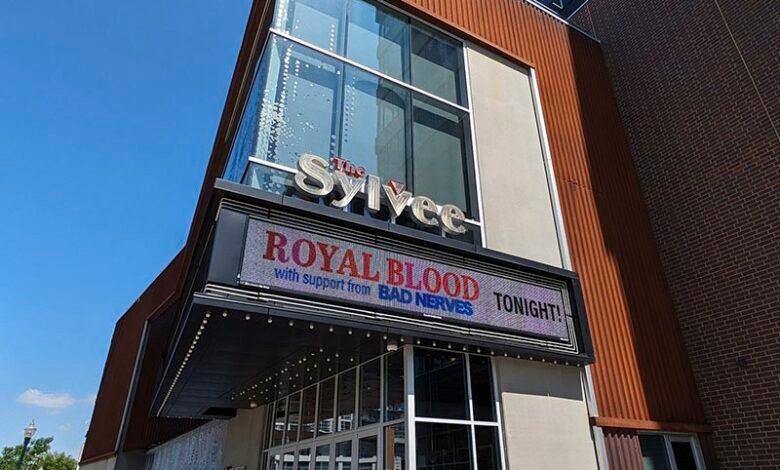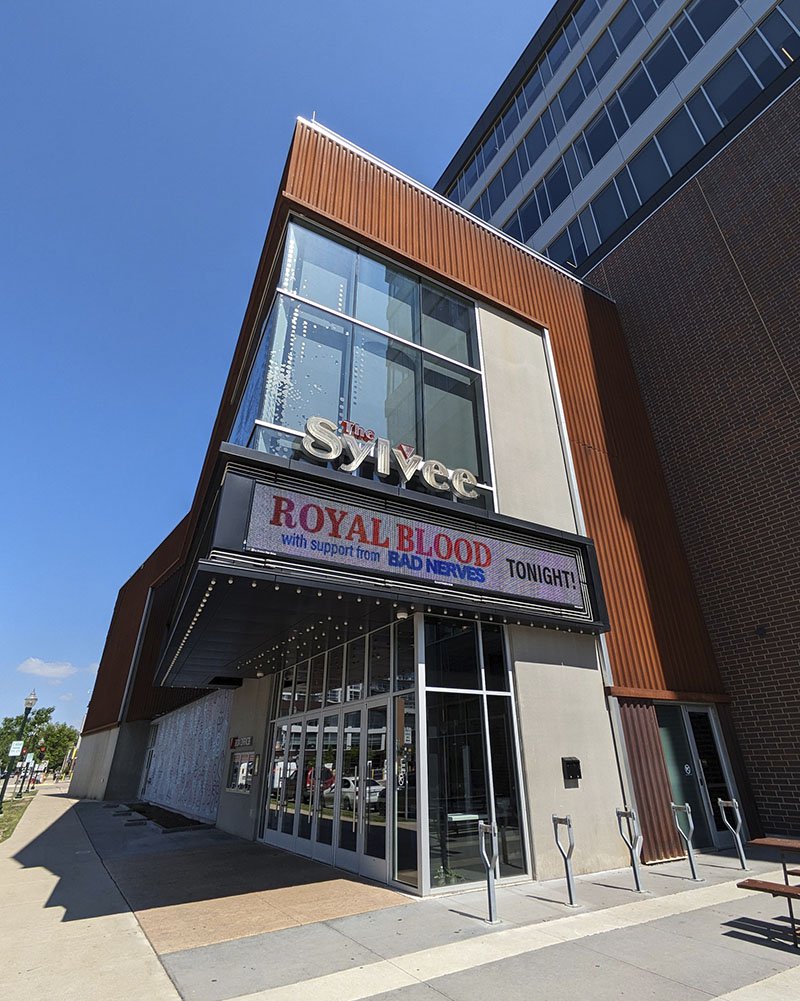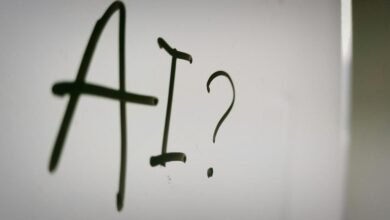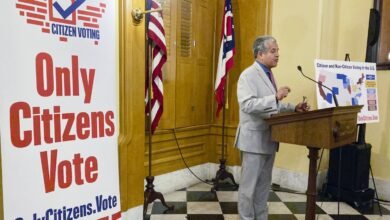Madison’s first designated art district? – Isthmus


Madison’s east side has long been known as artful and art-filled.
And now, even more so. Over the last decade, the east-side gateway to the state Capitol along East Washington Avenue has been transformed — high-rise apartment buildings and new restaurants and cafes have replaced car dealerships and parking lots, and no fewer than five new arts venues have sprung up in the area.
Because of this growth, there’s now talk of branding the Capitol East Corridor as the city’s first designated arts district.
To get the full scope, consider this: World-renowned acts like country star Willie Nelson and soulful Irish phenom Hozier play outdoor concerts at Breese Stevens Field, while the likes of Lil Wayne, Lizzo, The Smashing Pumpkins and Vampire Weekend have rapped and rocked shows at The Sylvee.
Then there’s the youth-focused art center known as MYArts, which boasts 50 different programs for kids and teens to enjoy and explore their creativity, including the Children’s Theater of Madison, the Black Star Drum Line and Little Picassos. There’s also the Wisconsin Youth Symphony Orchestras’ brand new headquarters, which offers musical education and ensemble opportunities for children and young adults.
And right across from The Sylvee is the Arts + Literature Laboratory, which offers an abundance of arts programing, including performance and gallery space, a writing center, small press library, and artist studios, as well as film and video screenings, literary readings, a poetry fest, live music events, and art education for all ages.
All of these venues are located within walking distance of each other, separated by just a few blocks. Other longtime venues are also nearby, including High Noon Saloon, a popular live music venue, and Cargo Coffee East, a cafe that hosts local music.
Jolynne Roorda, co-director of Arts + Literature Laboratory, says that the work of creatives drives not just the economy, but also Madison’s “quality of life and the way that we can interact with each other and build a strong community.” Now is the “perfect time,” she adds, “for us to work together and make sure that people know about what we’re doing and have access to all of our resources.”
Allen Ebert, executive director of Children’s Theater of Madison, says the redevelopment of East Washington Avenue helped the area become “an unintentional arts district.”
Now the question is “How do we take it and put intentionality behind it?” Ebert says. “How can we take this from elevating the arts as a nice-to-have thing to being part of the entire ecosystem of a healthy community?
“Having a sanctioned or organized cultural arts district, where you have mechanisms to promote the arts, will absolutely drive more collaboration, more understanding, more shared resources,” Ebert continues. “This could create some really beautiful connections and new programming could come out of it.”
If an arts and culture district were to be created, what would it look like and what would it do? Such a coalition could be loosely organized or formalized as a BID, or business improvement district, which could have taxing authority. Arts districts elsewhere are funded by such things as dues paid by venues and other organizations, as well as grants and donations.
Jason Ilstrup, president of the nonprofit Downtown Madison Inc., says the arts district idea is a blank canvas full of possibility.
“You could certainly see things like shared marketing or shared administrative services between the different organizations,” he says. “But there could also be collaborative events and sharing of spaces and incubating new arts and helping new artists. The goal would and could be to have even more happening than is already happening now.”
But, he adds, “all of this is very early.”
He says the idea to create an east-side arts district began taking shape a few years back. COVID slowed things down.
“But we thought now is an opportunity to try to do something here, so we’ve been continuing to research it,” he says, adding that he’s been scheduling meetings with stakeholders, including city and county officials and staff from venues, arts organizations and other nonprofits. “We are at the stage of planning where we decide what the next steps could be and what this looks like, and how we could actually get organized and what we want to do. What would be the mission of [an arts district] organization? What are the goals? We’re really still at the first hurdle. But there is a lot of interest in doing something.”
Mark Fraire, director of Dane Arts, is excited about the potential of a district.
“Let’s recognize this area as what it is — a cultural arts hub — so that more people will go to the area, go to the events, go to the businesses and support the arts,” says Fraire, who’s also an actor and playwright. “Let’s put banners on the streets. We can also give some of those buildings some attention and add some murals and add more public art.”
Fraire points to arts districts in places like Austin, Portland, Pittsburgh and Ann Arbor for inspiration.
And while this east-side hotspot seems like a natural fit for such a district, it could be just the first of a few around the city and Dane County, says Fraire. “There’s also Monroe Street and downtown and even over on the west side toward Middleton.”
Karin Wolf, arts program administrator for the city of Madison, points out that the idea for an east-side arts district isn’t all that new. “In our 2013 public art framework and cultural plan, we called for the establishment of an arts district there,” she says. “It’s been a natural cluster of art for a long time.”
The plan, which strongly encouraged several arts districts around town, noted that the Cap East area, along with Williamson Street and Atwood Avenue neighborhoods, were beginning to show growth with theaters, outdoor festivals, artist studios and galleries.
Wolf says she is hopeful that, once there is an arts district in place, the city “would help financially and put some money into it.”
The hospitality industry is an important part of any arts district. People who attend arts events — whether a painting class, poetry reading or a concert — often want to hang out and maybe grab a drink or some food before, during and after.
Lisa Rae Bowman of State Line Distillery recognizes the symbiotic relationship and says it’s important for businesses like hers to support the arts.
“Unfortunately, the arts don’t really exist without businesses. And, art is communal, so having spaces that support the arts — like we do with our in-house gallery — is something we hold very dear,” says Bowman. “It’s important to us and to other beverage producers to be supportive — we’re holding fundraisers and providing space and resources for people to not only show their work, but also to come and be together.”
Roorda says an arts district could benefit all players. “What’s great about how the area is developing is that we all complement each other,” she says. “There’s something for everyone: visual arts, theater, live music venues of different sizes that showcase a wide variety of genres, literary arts, and all-ages arts education, combined with the entrepreneurial community and local businesses and restaurants. It’s an increasingly vibrant neighborhood and we’re looking forward to working together to share what we have to offer.”
Wolf, like Fraire, thinks the east-side district could be the first of others elsewhere. “We could pilot it with this one and then create the branding to have five of them in the city — east, west, north, south and central,” she says. “And then we could be sure we’re sharing this love equitably.”


